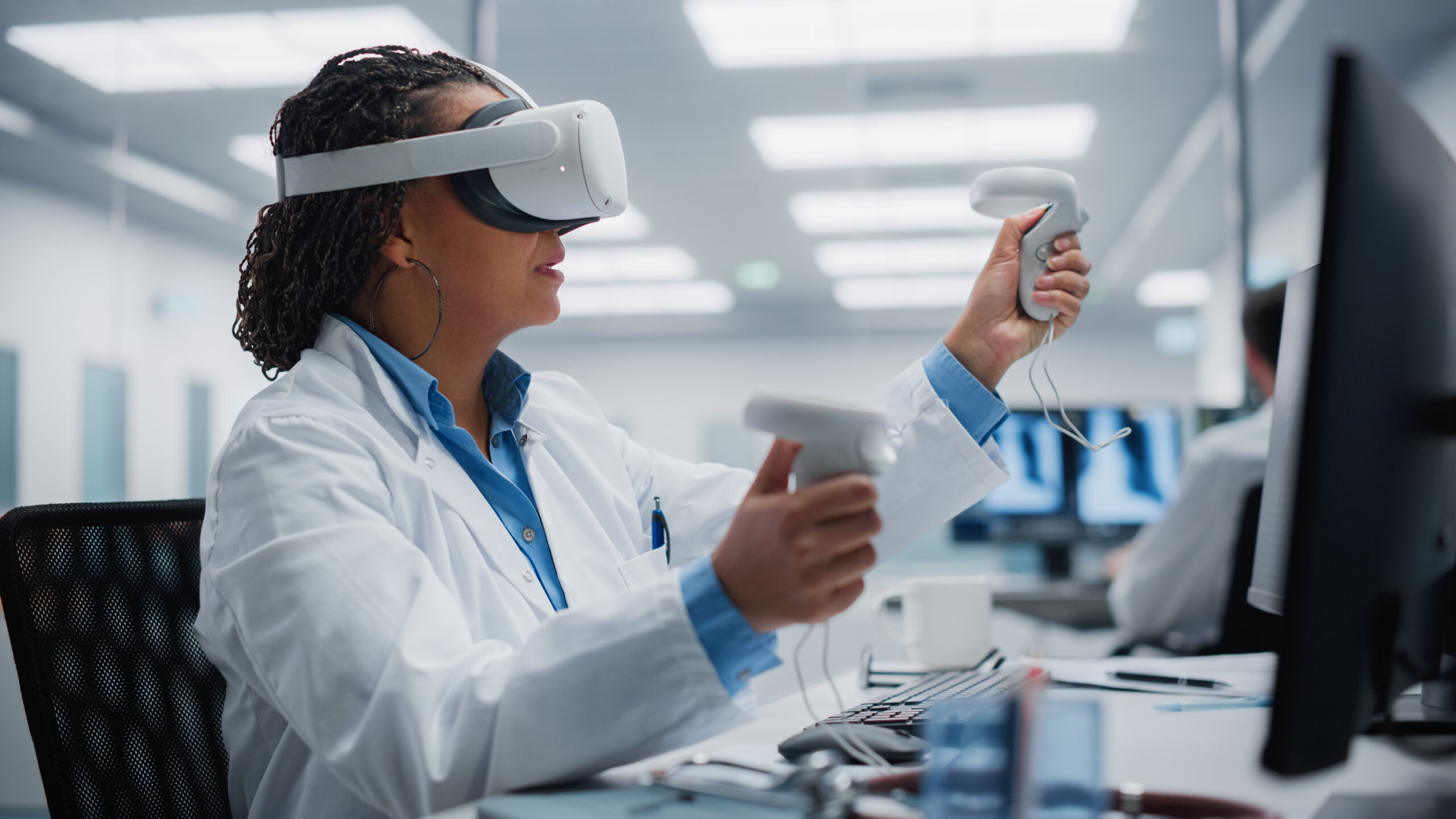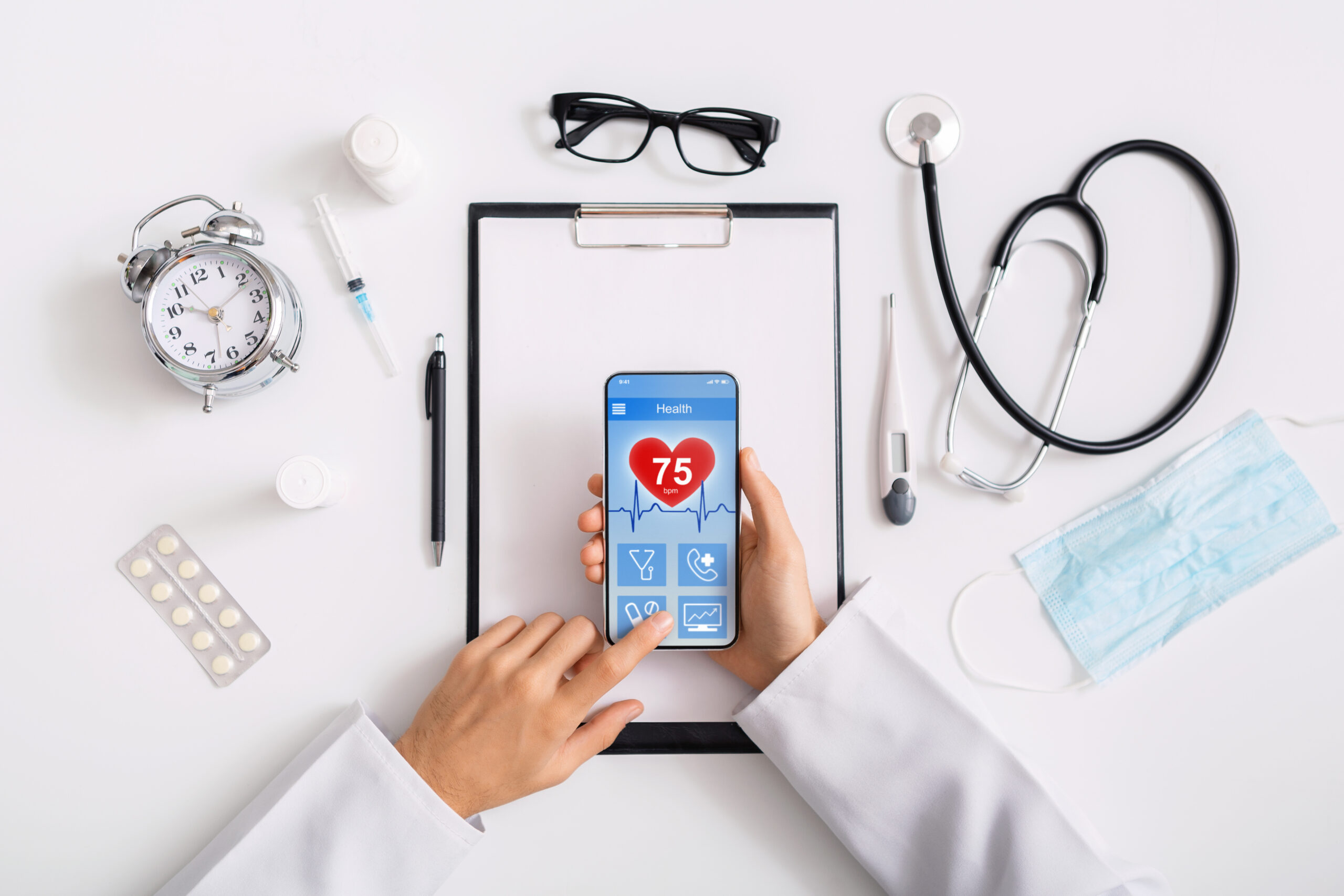By Faith Cook –
As Black History Month comes to a close, I want to give flowers to one of the Black Trailblazers in Advertising: Ed Lewis. Ed Lewis was the co-founder of Essence Magazine, a publication that was a staple read during my hair salon visits or on the coffee table when I visited one of my aunties.
Essence Magazine is one of a few publications where black voices and faces are front and center, especially those of black women. On the rare occasion that I would purchase a print magazine, more often than not it’s an Essence. I see a reflection of myself and my culture on every page, from cover to cover. This wouldn’t exist without the vision of Ed Lewis.
In 1969, Lewis co-founded Essence, a magazine specifically targeted to black women, and went on to serve as CEO and publisher of Essence Communications, Inc. for three decades. In the 80s and 90s, he expanded Essence Communications to include a weekly television show, fashion line and mail order catalog, as well as an annual awards show and Essence Music Festival (of which my cousins make a regular girls’ trip to New Orleans to attend).
Essence has become one of the most influential magazines for black women, offering not only content that speaks directly to their experiences but also creating advertising campaigns that celebrate their beauty, strength, and intelligence. Ed Lewis has been recognized for his contributions to the industry with numerous awards and remains a champion of diversity and inclusion in advertising.
So, the next time you take a trip to the convenience store and see an Essence magazine, take a little time to peek into the pages. You’re holding a glimpse of the culture, a piece of black excellence, and a publication that’s uplifted generations of black women like me for decades.
Happy Black History Month.






